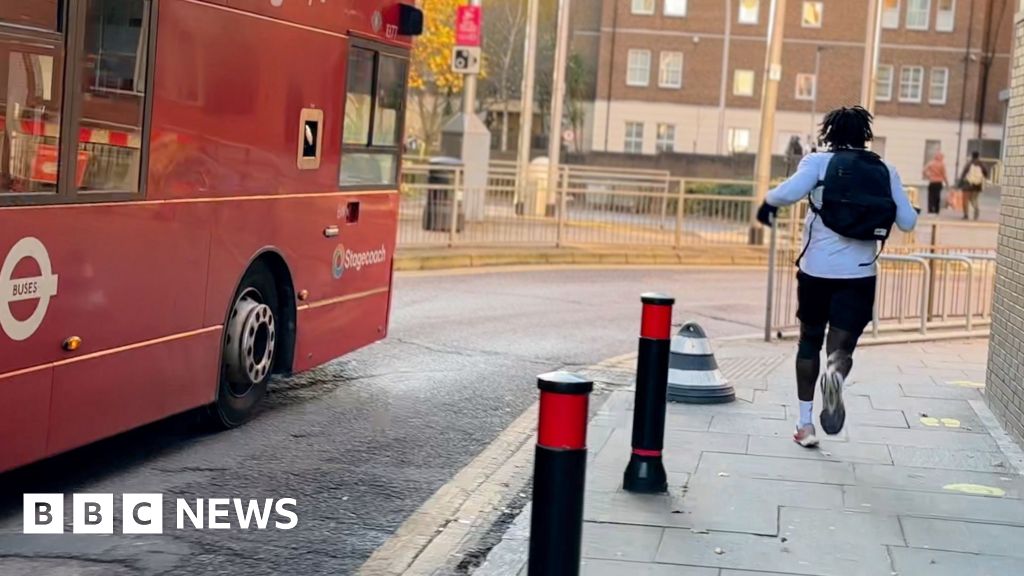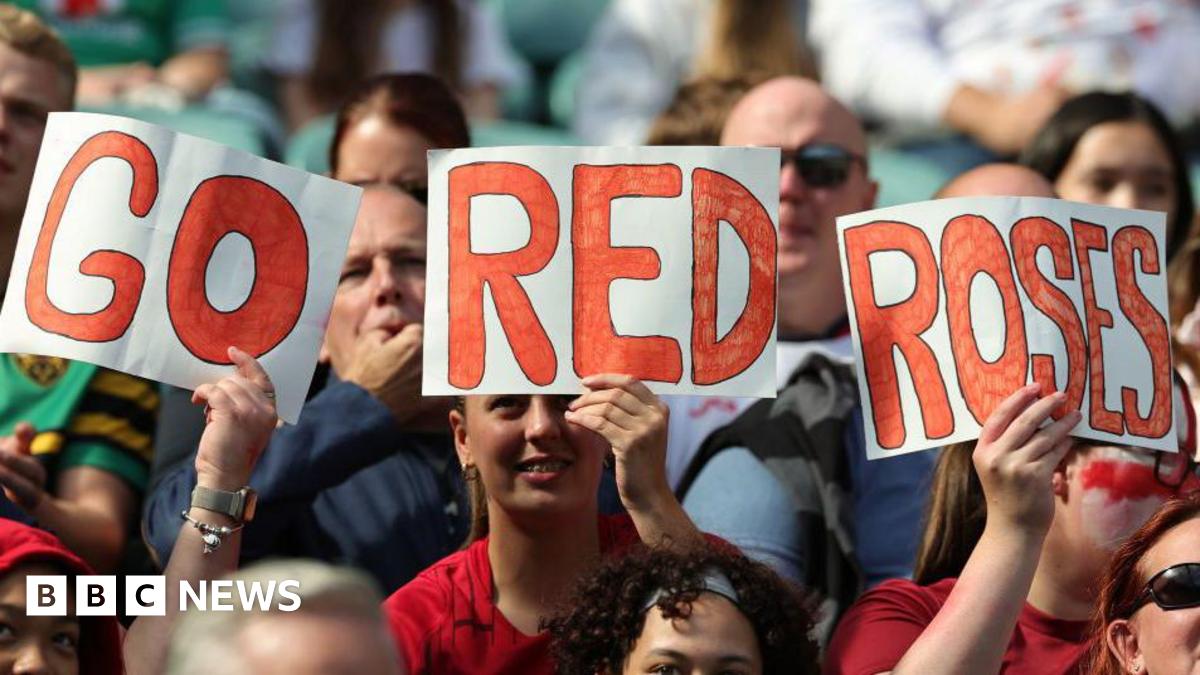Travel
UK travel chaos warning as Britain’s busiest stations shut down this weekend

Two of Britain’s busiest rail stations are set to close for a total of nine days as travellers prepare for the ensuing chaos.
London Liverpool Street is currently shut for “major engineering works” until January 2 as workmen replace worn-down roof panels. The station closed down on December 25.
The station is the busiest in the UK, with 94.5 million people passing through between April 2023 and March 2024.
The opening of the Elizabeth Line has seen numbers increase significantly, with the 23/24 figure up from the 80.4 million passengers recorded the year before.
The station has an average of 210,000 every day, with the station connecting much of Essex and East Anglia with the capital.
The works also include adding more ticket barriers to help smooth the movement of passengers arriving in and departing from the station.
On the other side of London, Paddington station will also close from today, December 27, until Sunday, December 29, to allow Network Rail to work on the building of the new Old Oak Common station for the scaled-down HS2 line just outside Paddington.
The closure means that Elizabeth line, Great Western and Heathrow Express trains to and from the station will be affected.
The works are being conducted between Christmas and New Year in an attempt to limit the disruption caused by closing the second busiest station in the country.
In the year 23/24, the station recorded 66.9 million entries and exits, an average of 183,000 passengers every single day.
The station sits between the north side of Hyde Park and the junction of the Grand Union and Regent’s canals.
For commuters, Paddington is best known for connecting London with South Wales and the west of the country.
For others, it was the setting for the Brown family’s chance encounter with a Peruvian bear that went on to become a lunch acquaintance of Queen Elizabeth II.









